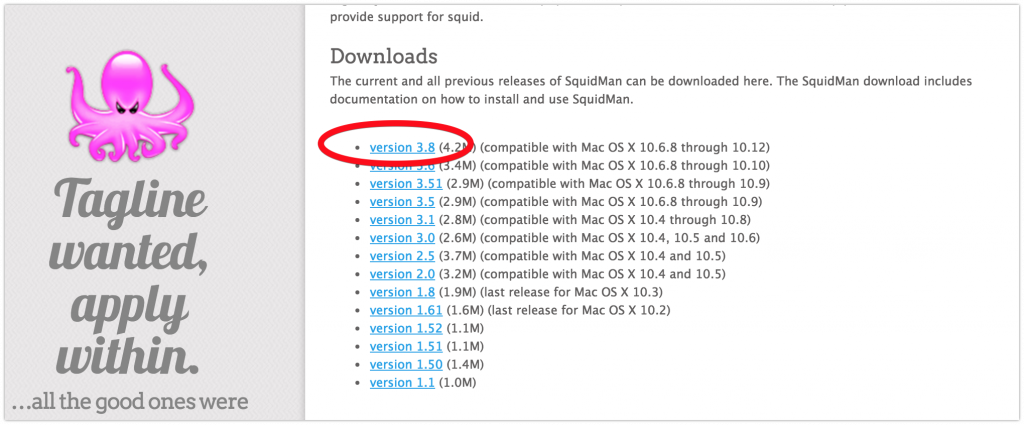



In the previous snippet, the first line mentions the name of the directive, that is in this case, cache_effective_user. # If you start Squid as root, it will change its effective/real Let’s see a snippet from the documented configuration file ( ) # TAG: cache_effective_user This and the above blank line will be ignored by Squid. Additionally, any blank lines are also ignored. The lines beginning with the character # are treated as comments and are completely ignored by Squid while parsing the configuration file. Normally, we just need to read the comments and use the appropriate options available for a particular directive. This makes it easier to understand and configure directives, even for people who are not familiar with configuring applications using configuration files. Generally, there are a few lines of comments containing useful related documentation before every directive used in the configuration file. The syntax for Squid’s documented configuration file is similar to many other programs for Linux/Unix. For a detailed description of all the directives used in the configuration file, please check. In this article, we’ll cover some of the import directives available in the configuration file. In the newer versions of Squid, a documented version of nf, known as, can be found along side nf. Squid’s configuration file can normally be found at /etc/squid/nf, /usr/local/squid/etc/nf, or $ is the value passed to the –prefix option, which is passed to the configure command before compiling Squid. Now, let’s move on to understanding the configuration file in detail. The message shown is an access denied message sent to you by Squid. That’s it! We have configured Squid as an HTTP proxy server! Now try to browse to and observe the message you receive. Once the browser is configured, try browsing to. Now we can configure our browser to use Squid as an HTTP proxy server with the host as the IP address of our machine and port 3128. Squid will start listening on port 3128 (default) on all network interfaces on our machine. We are now ready to run our proxy server, and this can be done by running the following command: $ /opt/squid/sbin/squid We can do that by using the following command: $ /opt/squid/sbin/squid -z Now, we need to create the cache directories. We should add the previous lines at the top of our current configuration file (ensuring that we change the IP address accordingly). cache_dir ufs /opt/squid/var/cache/ 500 16 256Īcl my_machine src 192.0.2.21 # Replace with your IP address Get ready with the configuration file located at /opt/squid/etc/nf, as we are going to make the changes and additions necessary to quickly set up a minimal proxy server. Let’s have a look at the minimal configuration that you will need to get started. (For more resources on Proxy Servers, see here.) Quick start


 0 kommentar(er)
0 kommentar(er)
